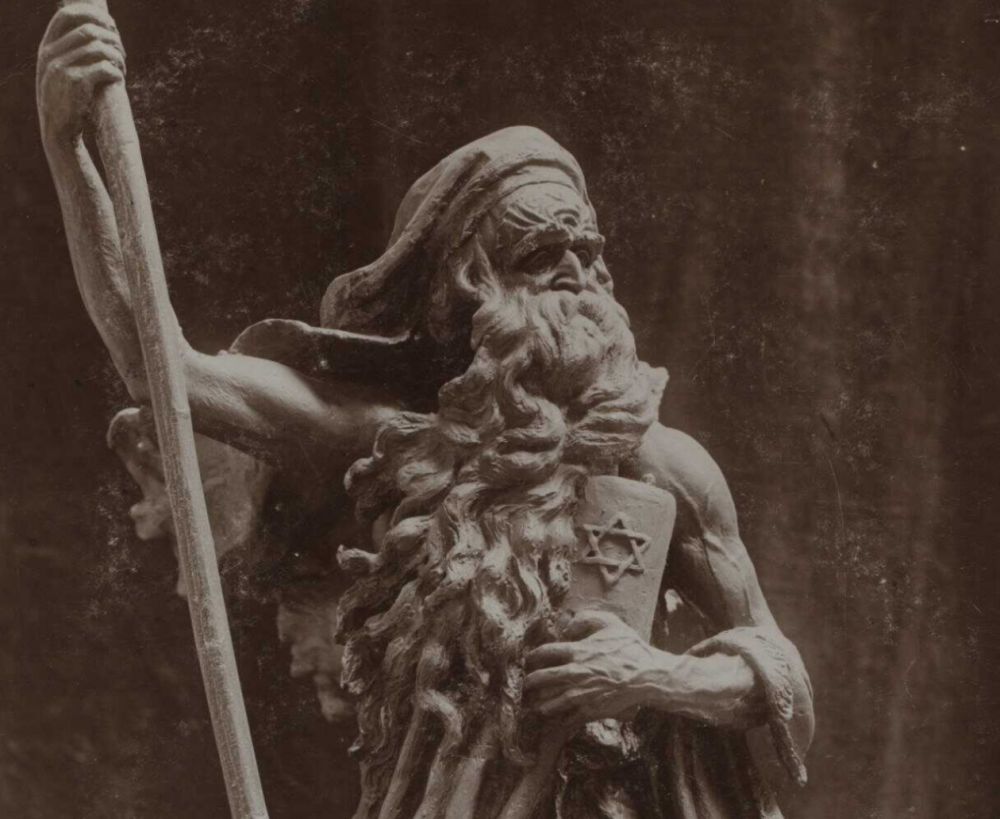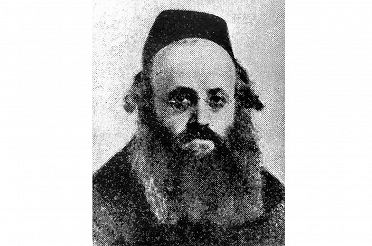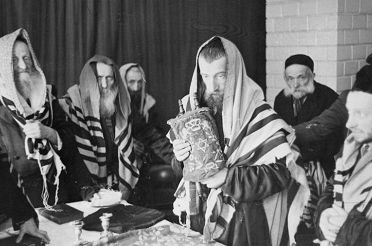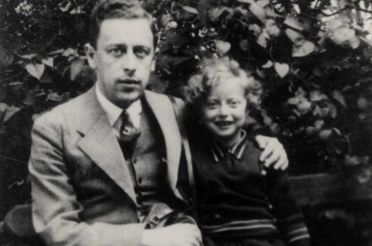From the autumn of 1942 both the main resistance organizations in the Warsaw ghetto, the Jewish Combat Organization and the Jewish Military Union, assassinated collaborators who could threaten preparations for the fight against the Germans. On October 29 the JCO fighters shot dead Jakub Lejkin, the head of the ghetto’s Jewish police. Emanuel Ringelblum lists a dozen other people for whom the attacks were prepared, not all of which were successful – for instance Józef Szeryński, Lejkin’s deputy, was only wounded.
![nossig_zyd_wieczny_tulacz.jpg [302.50 KB]](https://www.jhi.pl/storage/image/core_files/2022/3/11/30a801f1e68651f559b16ffc12ee3e70/jpg/jhi/preview/nossig_zyd_wieczny_tulacz.jpg)



![nossig_israel_nl.jpg [165.00 KB]](https://www.jhi.pl/storage/image/core_files/2022/3/11/a6ab3d408df32c31ca8e1a415d843a94/jpg/jhi/preview/nossig_israel_nl.jpg)
![nossig_proba_COMP.jpg [529.19 KB]](https://www.jhi.pl/storage/image/core_files/2022/3/11/514a0b25215e87b6258f2788ebb3503b/jpg/jhi/preview/nossig_proba_COMP.jpg)
![artsztajn.jpg [591.34 KB]](https://www.jhi.pl/storage/image/core_files/2022/3/11/40dcf5f8503ac2fed2604bfd241de93b/jpg/jhi/preview/artsztajn.jpg)



![MKiDN_bialy_logotyp_strona_ŻIH_EN.png [10.32 KB]](https://www.jhi.pl/storage/image/core_files/2023/1/12/0fbb15388d1a5d89c65891b6ce66941c/png/jhi/preview/ZNAK%20ENG.png)